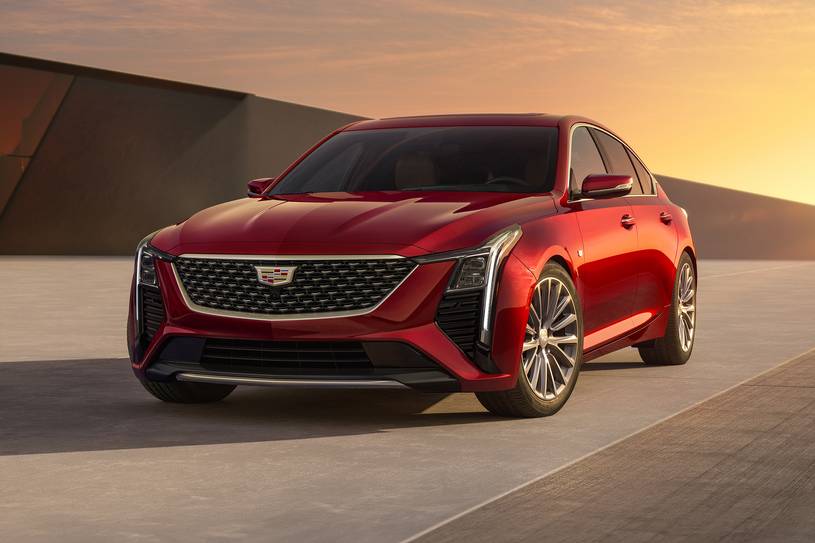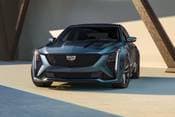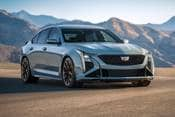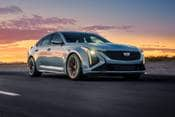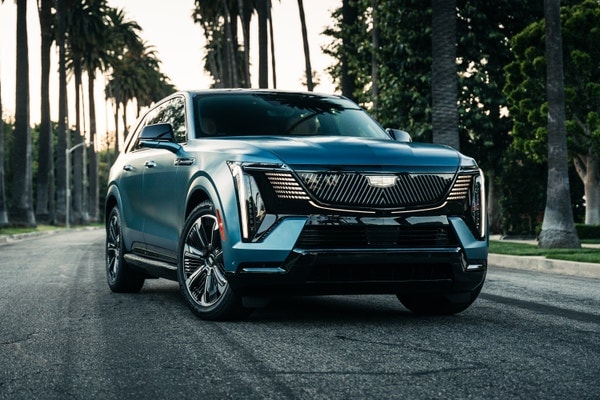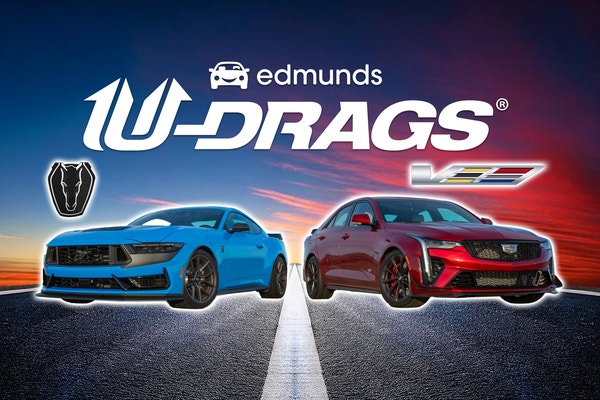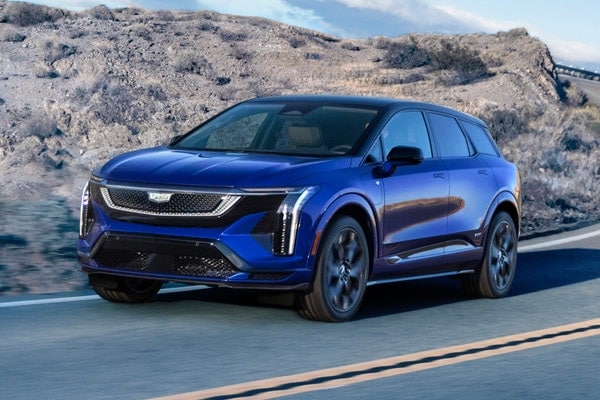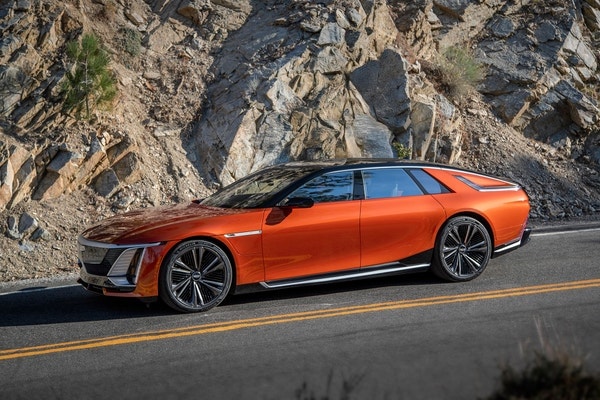2025 Cadillac CT5
Price Range: $47,595 - $95,595
Helpful shopping links
2025 Cadillac CT5 videos
These Are the Best-Performing Cars We’ve Ever Tested | 0-60, Quarter Mile, Handling & More
NOTE: This video is about the 2024 Cadillac CT5, but since the 2025 Cadillac CT5 is part of the same generation, our earlier analysis still applies.
Here at Edmunds, we love performance cars — and over the years, we’ve tested some seriously impressive machinery. In this video, Edmunds’ Casey Goode tells you all about the best-performing vehicles we’ve had down at our track, including the test numbers they laid down.
 These Are the Best-Performing Cars We’ve Ever Tested | 0-60,...
These Are the Best-Performing Cars We’ve Ever Tested | 0-60,... U-DRAG RACE: Cadillac CT5-V Blackwing vs. Alfa Romeo Giulia ...
U-DRAG RACE: Cadillac CT5-V Blackwing vs. Alfa Romeo Giulia ... U-DRAG RACE: Hyundai Ioniq 5 N vs. Cadillac CT5-V Blackwing ...
U-DRAG RACE: Hyundai Ioniq 5 N vs. Cadillac CT5-V Blackwing ... U-DRAG RACE: BMW M4 Competition vs. Cadillac CT5-V Blackwing...
U-DRAG RACE: BMW M4 Competition vs. Cadillac CT5-V Blackwing... (Almost) Self-Driving Car Comparison Test: Tesla vs. BMW vs....
(Almost) Self-Driving Car Comparison Test: Tesla vs. BMW vs....
PRICE CHECKER™
Check a dealer's price
Bring back a dealer's quote, and we'll tell you if it's a good price!
Check your price quote
Price:
$ -
Graph shown is a sample only
FAQ
Is the Cadillac CT5 a good car?
The Edmunds experts tested the 2025 CT5 both on the road and at the track, giving it a 7.7 out of 10. Edmunds’ consumer reviews show that the 2025 CT5 gets an average rating of 4 stars out of 5 (based on 27 reviews) What about cargo capacity? When you're thinking about carrying stuff in your new car, keep in mind that the CT5 has 11.9 cubic feet of trunk space. And then there's safety and reliability. Edmunds has all the latest NHTSA and IIHS crash-test scores, plus industry-leading expert and consumer reviews to help you understand what it's like to own and maintain a Cadillac CT5. Learn more
What's new in the 2025 Cadillac CT5?
According to Edmunds’ car experts, here’s what’s new for the 2025 Cadillac CT5:
- Updated styling
- New technology
- More standard equipment
- Part of the first CT5 generation introduced for 2020
Is the Cadillac CT5 reliable?
To determine whether the Cadillac CT5 is reliable, read Edmunds' authentic consumer reviews, which come from real owners and reveal what it's like to live with the CT5. Look for specific complaints that keep popping up in the reviews, and be sure to compare the CT5's 4-star average consumer rating to that of competing vehicles. Learn more
Is the 2025 Cadillac CT5 a good car?
There's a lot to consider if you're wondering whether the 2025 Cadillac CT5 is a good car. Edmunds' expert testing team reviewed the 2025 CT5 and gave it a 7.7 out of 10. Our consumer reviews show that the 2025 CT5 gets an average rating of 4 stars out of 5 (based on 27 reviews). Safety scores, fuel economy, cargo capacity and feature availability should all be factors in determining whether the 2025 CT5 is a good car for you. Learn more
How much should I pay for a 2025 Cadillac CT5?
The least-expensive 2025 Cadillac CT5 is the 2025 Cadillac CT5 Premium Luxury 4dr Sedan (2.0L 4cyl Turbo 10A). Including destination charge, it arrives with a Manufacturer's Suggested Retail Price (MSRP) of about $47,595.
Other versions include:
- Premium Luxury 4dr Sedan (2.0L 4cyl Turbo 10A) which starts at $47,595
- Sport 4dr Sedan (2.0L 4cyl Turbo 10A) which starts at $48,595
- V 4dr Sedan (3.0L 6cyl Turbo 10A) which starts at $56,995
- V Blackwing 4dr Sedan (6.2L 8cyl S/C 6M) which starts at $95,595
What are the different models of Cadillac CT5?
If you're interested in the Cadillac CT5, the next question is, which CT5 model is right for you? CT5 variants include Premium Luxury 4dr Sedan (2.0L 4cyl Turbo 10A), Sport 4dr Sedan (2.0L 4cyl Turbo 10A), V 4dr Sedan (3.0L 6cyl Turbo 10A), and V Blackwing 4dr Sedan (6.2L 8cyl S/C 6M). For a full list of CT5 models, check out Edmunds’ Features & Specs page. Learn more
